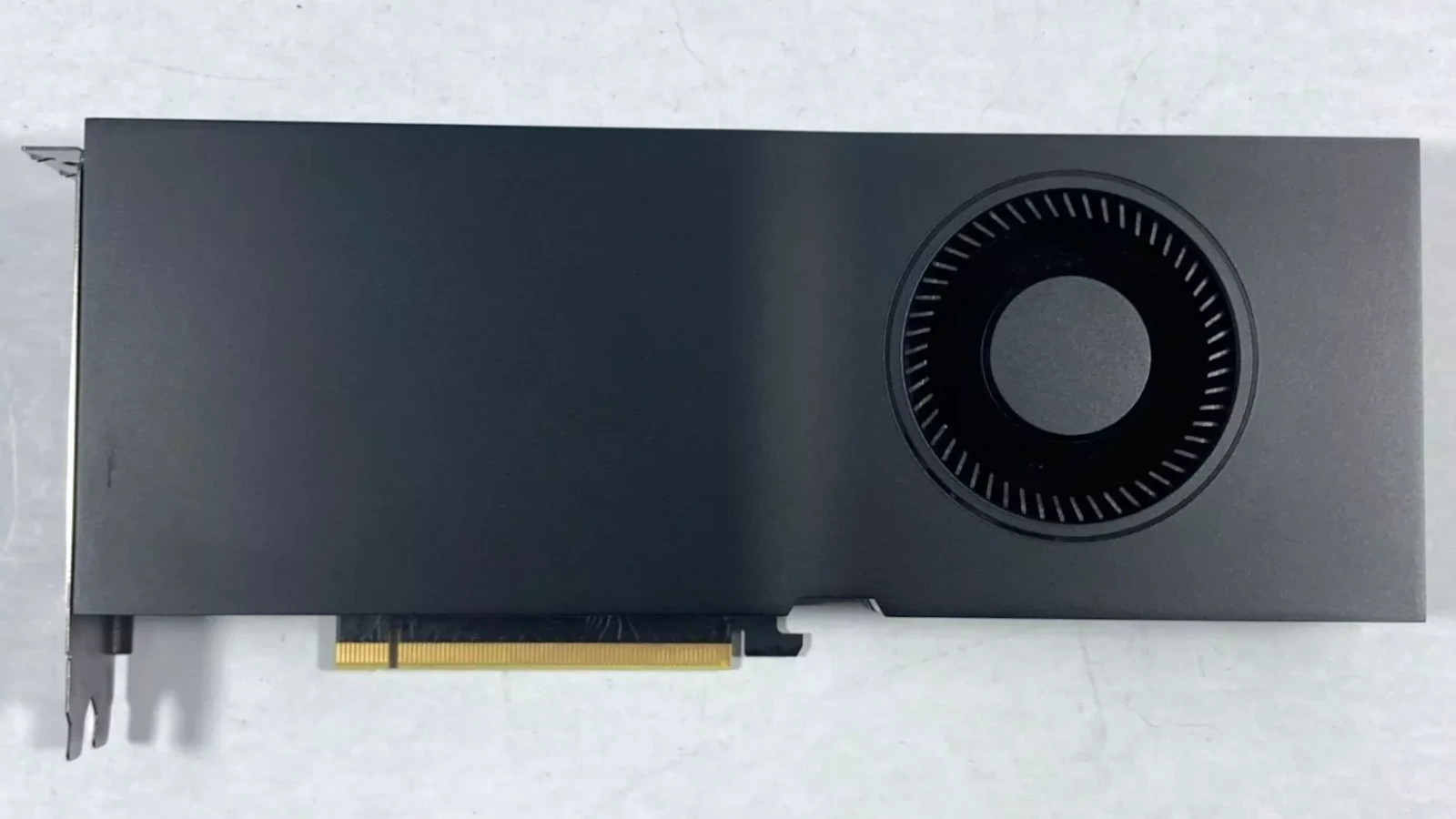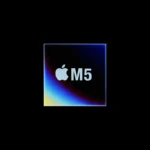The Nvidia RTX A5000 is a graphics card primarily designed for professional use such as workstations and rendering, but some gamers have also considered it for various reasons. This GPU is built on Nvidia’s Ampere architecture, which enhances AI and ray tracing capabilities, resulting in more realistic gaming environments. With substantial VRAM and advanced processing cores, the RTX A5000 is well-equipped to handle complex gaming graphics. Despite its professional focus, the RTX A5000 has demonstrated promising performance in gaming benchmarks, competing favorably with Nvidia’s consumer-grade cards in frames per second across various games.
While it can deliver a solid gaming experience, its primary focus on professional applications may impact its overall cost-effectiveness for gaming alone. In terms of gaming capabilities, this card performs well. However, it may not be the best choice for gaming, as there are more affordable options available. For example, the RTX 3090 could outperform this card in gaming at a lower cost. The NVIDIA 4000 series cards would offer even more performance. Therefore, while the RTX A5000 could be a good option for gaming if obtained for a great deal, mainstream lines are generally preferable for gaming.
Beyond Workstation: The RTX A5000’s Gaming Potential
The NVIDIA RTX A5000, primarily designed as a professional workstation graphics card, boasts impressive specifications that pique the interest of gamers seeking top-tier performance. But is it worth the investment for gaming purposes? Let’s dive into the details.
Raw Power and Performance
Equipped with NVIDIA’s Ampere architecture, 24GB of GDDR6 ECC memory, and 8192 CUDA cores, the RTX A5000 packs a punch. In theory, this translates to smooth gameplay at high resolutions and frame rates, even with demanding titles. Benchmark tests demonstrate its prowess in rendering complex scenes and handling resource-intensive tasks.
Optimized for Workloads, Not Games
While the RTX A5000’s hardware is undeniably powerful, its primary focus lies in professional applications like 3D rendering, video editing, and AI development. Its drivers and software optimizations cater to these workloads, potentially leaving some gaming performance untapped.
Gaming Performance Comparison
| GPU Model | Average FPS (1440p) | Average FPS (4K) | Price (approx.) |
|---|---|---|---|
| RTX A5000 | 120-140 | 60-80 | $2500+ |
| RTX 3090 | 140-160 | 70-90 | $1500+ |
| RTX 3080 Ti | 130-150 | 60-80 | $1200+ |
As the table shows, the RTX A5000 delivers competitive frame rates in gaming scenarios, though not significantly surpassing its gaming-focused counterparts like the RTX 3090 or 3080 Ti. However, its price point is considerably higher, making it a less cost-effective option for gaming alone.
Verdict: A Niche Choice for Gamers
While the RTX A5000 can undoubtedly handle modern games with impressive visuals and smooth performance, its high price and lack of gaming-specific optimizations make it a less appealing choice for most gamers. Those seeking the absolute best performance regardless of budget might find it worthwhile, but for the majority, gaming-oriented GPUs offer better value for money.
Key Takeaways
- The Nvidia RTX A5000 features advanced AI and ray tracing capabilities for realistic graphics.
- Gaming benchmarks indicate competitive performance, with high frames per second.
- Although capable for gaming, the RTX A5000’s primary design is for professional work.
Technical Specifications and Gaming Performance
The NVIDIA RTX A5000 is built on the GA102 graphics processor. It has high memory bandwidth and advanced features suited for gaming.
GPU Architecture and Memory
The RTX A5000, powered by NVIDIA’s Ampere architecture, uses the GA102 GPU. It has 24 GB of GDDR6 memory. This large amount supports complex textures and reduces loading times in games. The memory bus width is 384 bits which helps in fast data transfer.
Architecture: Ampere (GA102)
Memory Type: GDDR6
Memory Size: 24 GB
Memory Bandwidth: 768 GB/s
Memory Bus Width: 384 bit
Performance Benchmarks
The card’s base clock is 1,170 MHz. It can boost up to 1,695 MHz when needed. Benchmarks reveal that its performance in 1080p gaming is strong. It offers smooth frame rates in many top games. For instance, you might see above 60 FPS in the latest titles at high settings.
Base Clock: 1,170 MHz
Boost Clock: 1,695 MHz
TDP: 230 watts
Comparative Analysis
The RTX A5000 compares well with the GeForce RTX 3080. It has a similar number of CUDA, RT, and Tensor cores. These cores handle the processing for graphics and artificial intelligence in games. Compared to the Quadro RTX 5000, the A5000 shows a notable improvement in performance scores and efficiency. The GeForce RTX 3090, however, has an edge in raw gaming performance but at a higher power consumption rate.
Comparing with AMD’s Radeon Pro series, the RTX A5000 provides great value for those using their PC or workstation for both work and play due to its versatility and connectivity options. However, the A5000’s higher price point might affect its performance to price ratio favorably for some users, depending on their specific needs.







